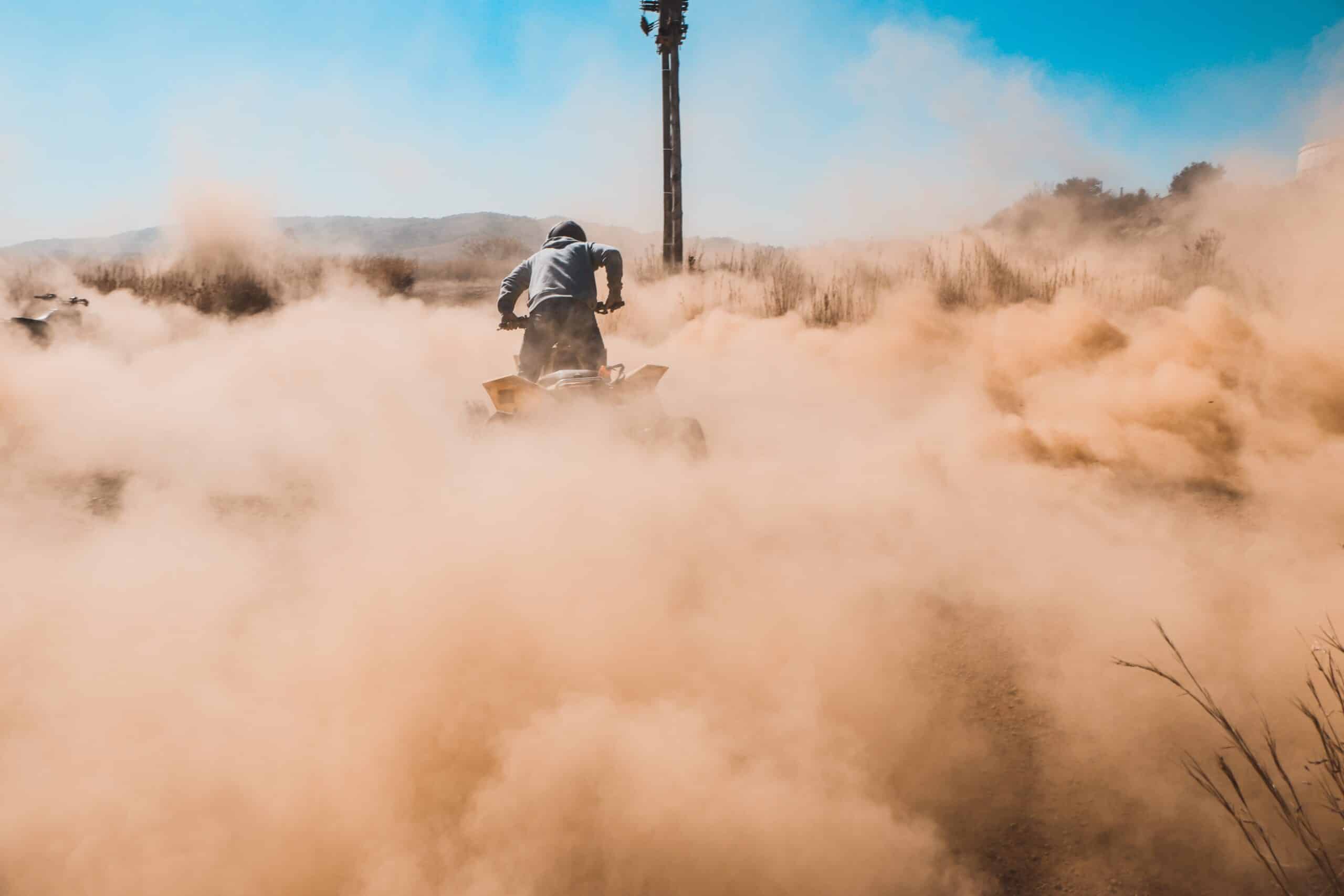Bitcoin dust is like loose change. A few pennies in the couch cushions won’t grab your attention, but you’ll eventually collect too many to ignore. As with picking up pennies, cleaning up bitcoin dust is a way to reorganize assets. Unlike cents in the couch cushions, however, bitcoin dust can have ramifications for privacy and security.
What Is Bitcoin Dust?
The Bitcoin protocol has no notion of a net balance in an address. Instead, the Bitcoin ledger is a collection of indivisible bits of “unspent” bitcoin (BTC) called unspent transaction output (UTXO) locked to wallet addresses. So, in your single Bitcoin wallet, you might have a balance of 1 BTC. In actuality, however, it’s comprised of multiple UTXOs, such as:
- 0.553 BTC
- 0.238 BTC
- 0.209 BTC
If you wanted to spend 0.5 BTC, you would pull from the top UTXO (or your wallet would automatically do this), leaving you with 0.053 BTC in change. If you used that UTXO to send 0.05 BTC, you’d be left with 0.003 BTC. Once that pile of bitcoin dwindles to a number smaller than the transaction fee, it’s dust — you can’t spend it.
Other Problems
Dust isn’t merely caused by transactions you know are coming into and out of your account. When you send 0.5 BTC to a friend or get 0.01 BTC as a tip, that’s one thing. But some people might purposely send a much smaller amount of bitcoin to you and thousands of others. This is known as a “dusting attack” or just “dusting.”
Sometimes it’s criminals doing the dusting. They might target anonymous whales as part of an effort to discover their identity, lure them into a phishing scam, or extort them. Law enforcement agencies might dust to find links between wallets suspected of criminal activity. Blockchain analytics firms (e.g., Chainalysis) might dust to better map connections between Bitcoin addresses. Lastly, spammers and advertisers can use dust to attach messages that will arrive in your wallet.
While receiving some spare change might seem innocuous, it does present a few issues. First, dust can enable denial-of-service attacks, where the network is flooded with microtransactions to slow it down, manipulate fees, or even crash wallets. However, dusting attacks have become less popular as transaction fees have risen.
Most importantly, bitcoin dust threatens individuals’ privacy. When you consolidate dust from multiple addresses into one, you generally create a link between them that scammers might use to trace someone’s identity and spending patterns.
5 Methods for Getting Rid of Bitcoin Dust
You don’t have to do anything with your dust. But if you find it untidy or would just like to free up some funds, you have some options (below). We’ve noted the advantages and disadvantages of each.
1. Use a Hierarchical Deterministic Wallet
A hierarchical deterministic (HD) wallet uses a single master seed to generate a tree-like structure of new keys with a deterministic algorithm for every transaction. As a result, HD wallets automatically consolidate small UTXOs across multiple wallets into a single larger one. This reduces the number of UTXOs, in turn lowering transaction fees and improving network efficiency. Use HD wallets cautiously, however, as losing the master key can compromise the hierarchy. They also prioritize ease of use over privacy, so consolidation can create links between the wallets; blockchain sleuths can use these links to trace an address to its owner. Ledger, Trezor, and Mycelium are popular HD wallet providers.
2. Use an Exchange to Convert Dust
Some exchanges, like Binance and KuCoin, support the trading of bitcoin dust. The reasonably simple process involves depositing your dust into your exchange account using the provided public Bitcoin address. You can then use bitcoin dust to trade. Some exchanges also feature a dust-conversion tool that exchanges the dust for the exchange’s native token, such as BNB on Binance. One evident downside is privacy — centralized exchanges generally demand customers provide identifying “Know Your Customer” information before using their services.
3. Dust Off
“Dusting off” is the process of adding a small amount of bitcoin to the dust address to make it usable again. You may use an exchange or other Bitcoin wallets for this. Ensure that you add sufficient bitcoin to cover fees when dusting off. Dusting off preserves privacy but incurs transaction fees at multiple steps.
4. Raise Your Dust Limit
The dust limit of a Bitcoin wallet defines the minimum amount of bitcoin the network can allow in a transaction. This limit fluctuates with network fees. Raising the limit means you are prevented from sending low-value UTXOs, which typically create dust. This method is good for users with surplus bitcoin, as you might need to combine multiple UTXOs to meet your dust limit.
5. Use a VPN
A virtual private network (VPN) encrypts your internet traffic and routes it through a remote server, making it difficult for attackers to trace your on-chain activity with other identifiable information. While a VPN can take the sting out of a dusting attack, it’s not a foolproof solution. VPNs are good for privacy in general; use them with other methods mentioned above to add another layer of security.
Closing Thoughts
Bitcoin dust may seem trivial to some users. Thankfully, there are several simple ways to eliminate dust. We encourage you to try some of the methods in this guide to find what works best for you.




